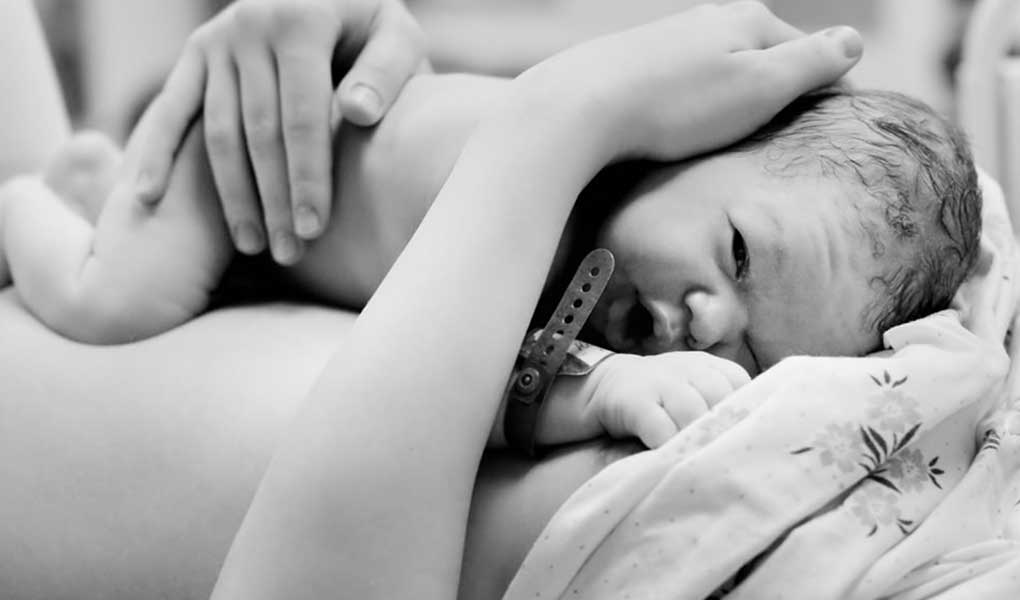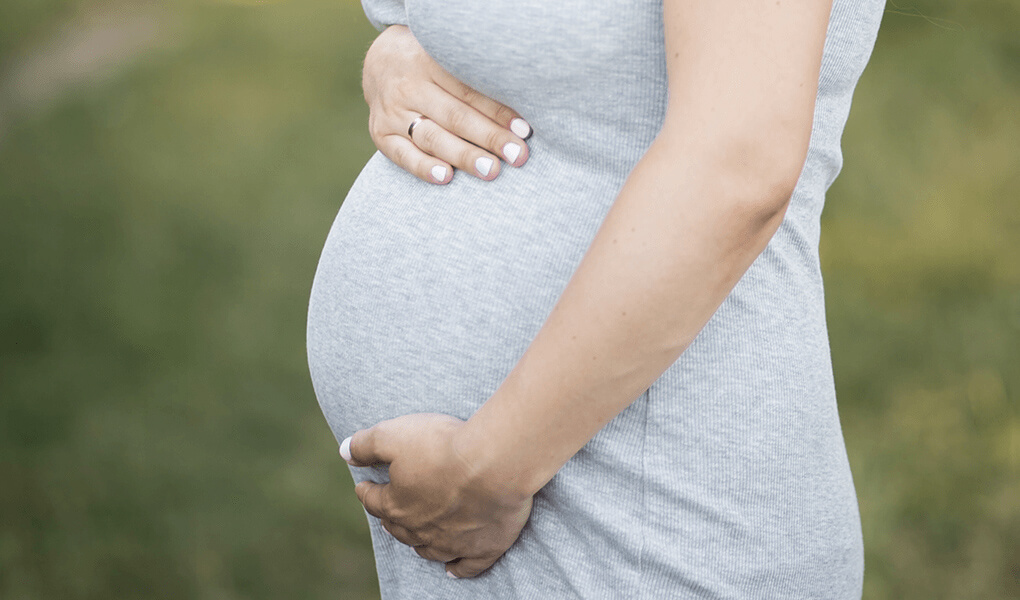The birth story of each pregnant woman is unique. Nevertheless, knowing what might happen as your important day approaches will support you in this challenging but unique adventure.
What You Need to Know About Normal Vaginal Delivery
Labor and childbirth is always a matter of curiosity in pregnant women. As a expectant mother, you want to know as much as possible about the delivery, even if you cannot predict exactly what will happen in your own situation.
Stages of Delivery
Birth takes place in 3 stages; Stage 1 covers the period from the beginning of active labor to the complete opening of the cervix. Stage 2 is the time from the fully open position until the birth of the baby. The third stage is the separation process of placenta and membranes. No matter how your labor is watching, remember that you and your baby’s health is more important than anything else.
Stage 1: Signs of labor
Cervical effacement: Birth begins with cervical effacement. So what is cervical effacement? One of the first signs of labor is the softening of the cervix and this is called cervical effacement. Generally, softening and cervical effacement begin in the last weeks of pregnancy. Efficiency is expressed as a percentage. Initially accepted as 4 cm in length, the cervix becomes 50% effase when it falls to 2 cm in length. Prenatal 100% efficacy is required.
Opening the cervix (dilatation): Another early sign of labor is the opening of the cervix. Dilatation is expressed between 1 and 10 cm. During pregnancy, uterine opening of up to 3 cm, is usually occurs slowly. Many women wonder the question, “If there is a 3 cm opening in the uterus, when will labor start?” There is no scientific definitive rule as to how long this lasts. Some pregnant women cannot take active action for days or even weeks. Dilatation occurs slowly, especially in women who give birth for the first time, so the cervical opening of 1 to 3 cm may not give much information about when delivery will take place. Active labor starts when the cervical opening reaches 3-4 cm, after which the opening of the cervix accelerates.
Fourragere: During pregnancy, the cervix is covered with a thick mucus plug to protect against external infections. The onset of the first stage of labor leads to effacement and widening of the cervix, and the mucus plug is mixed with blood. It may be the first sign of labor or it may take days for the transition to active labor.
Opening the Gestational Pouch (Water Breaking): Amniotic pouch is a fluid-filled membrane that protects the baby in the womb. Amniotic fluid is clear, odorless and body temperature. After opening the amniotic sac, it should be hospitalized for delivery. If the active labor does not start spontaneously within 24 hours, induction of labor with artificial pain may be required. If the amniotic sac remains open for more than 24 hours, it can lead to serious infections in the baby and the mother after birth.
Uterine Contractions: In the last month of pregnancy in the womb collection and relaxation perceived as “Braxton Hicks” contractions are childbirth pain. These contractions;
– regular and frequent
– prolonged time (starts from 30 seconds to 90 seconds)
– true birth pains if it shows a strengthening pattern independent of your activity.
Active labor takes an average of 8 hours. It may last up to 12-14 hours in first births, but may be as low as 4-6 hours in second and subsequent births. During active action, you can try breathing and relaxation techniques, take a warm shower, walk, and get back massage support from your relatives.
False Alarm!
The boundary between your body’s preparation for birth and the real labor is not always clear. While some pregnant women do not go into active labor despite painful contractions lasting weeks, some pregnant women may only be active when they feel back pain. The birth experience of each pregnant woman is unique. So do not hesitate to contact your doctor if you have any doubts. Your doctor will want to take precautions to prevent preterm birth, especially if you have not completed the 36th gestational week. As of the 37th gestational week, active labor is usually manifested. However, even if you apply to the hospital with false birth, never be ashamed, do not worry. Consider this fact a preliminary exercise for action coming soon.
2nd Stage: Baby Coming Out
The second stage of labor is the baby coming out from the birth canal. The cervix was completely effacemented and opened up to 10 cm. It may take a few minutes to a few hours. In first births, the duration is longer when epidural anesthesia is applied. At this stage of labor, you can push with each contraction and help the baby come down from the birth canal, or you can wait and save your energy until your natural sense of straining is strong.
Stage 3: Separation of the placenta
The placenta and its membranes are usually separated within 5-10 minutes. Rarely it can take up to 30 minutes. During this process, you will continue to feel your birth pain alleviated. Massage on your stomach will reduce your bleeding. If episiotomy has been performed, your repair will take 15 minutes. Episiotomy is an incision that is perpendicular to the anus from the entrance of the vagina or outward at a 45 degree angle.
Episiotomy; If the risk of serious vaginal tearing is high, the infant’s position is abnormal and if the hatching area needs to be widened or the hatching time needs to be accelerated. The healing process is very fast and takes place within a week. The wound should be kept clean and dry. Care should be taken not to develop constipation.
Things You Need to Notify Your Doctor:
- High fever
- Intense vaginal bleeding
- Foul-smelling vaginal discharge
- Swelling of the episiotomy line, bruising, suture separation
- Urine burning, pain
- Breast redness, heat increase
- Pain or swelling in the leg
- Postpartum depression – fluctuating emotion fluctuations, loss of appetite, fatigue, unhappiness, inability to care for your baby, thoughts of harming yourself or your baby.





Be the first to comment